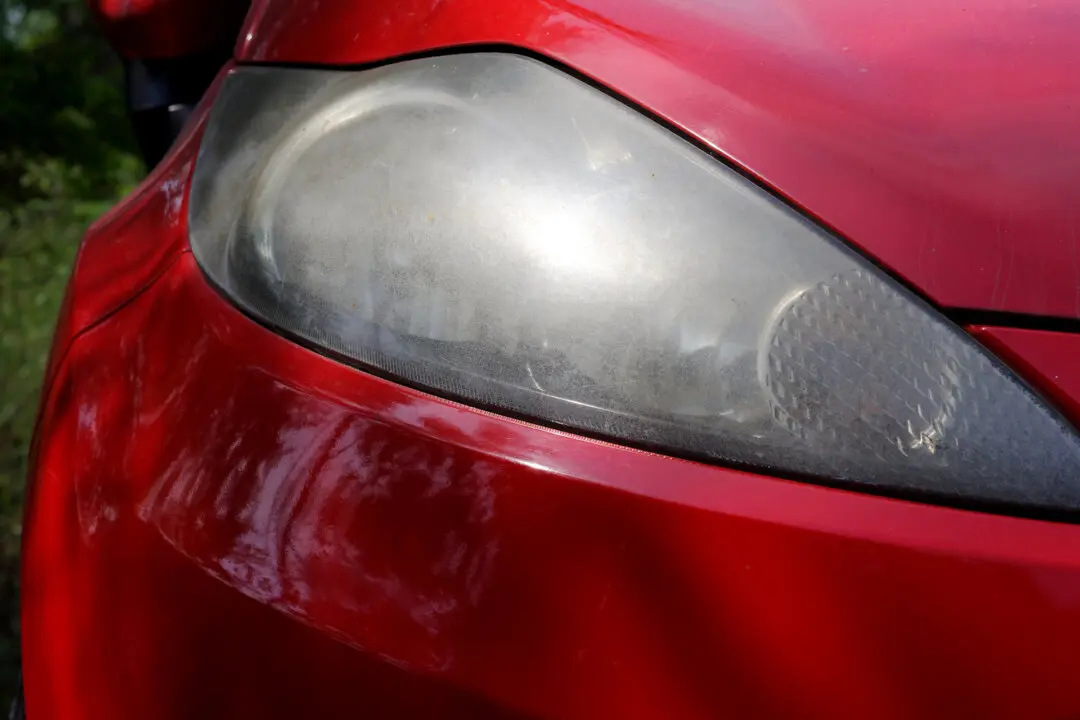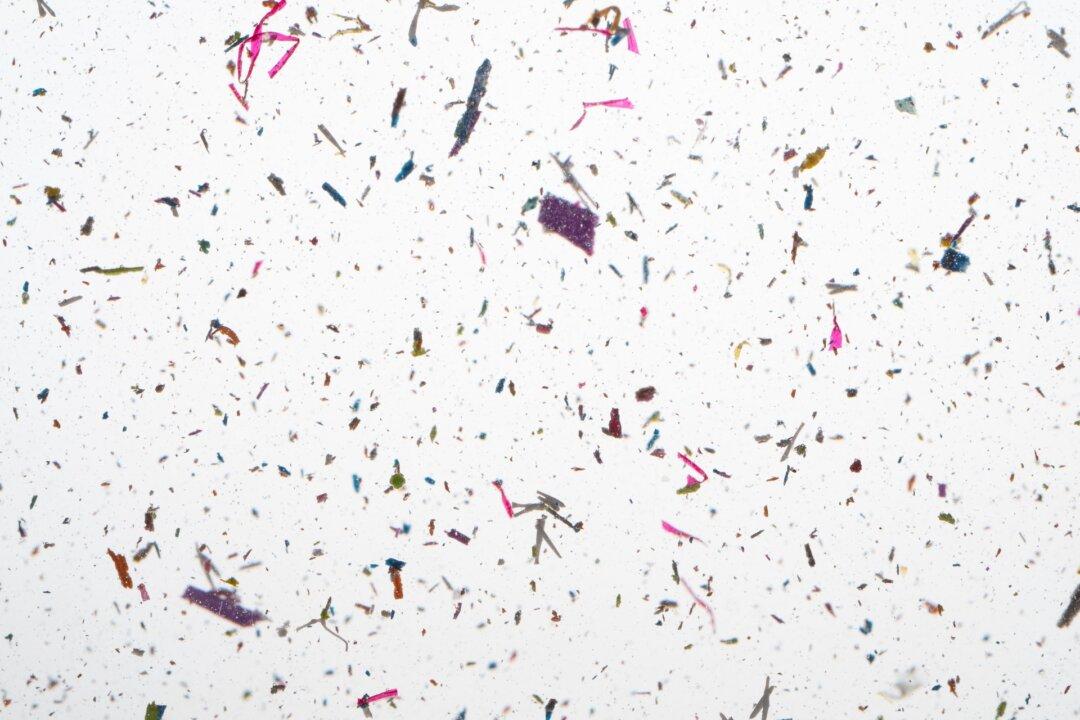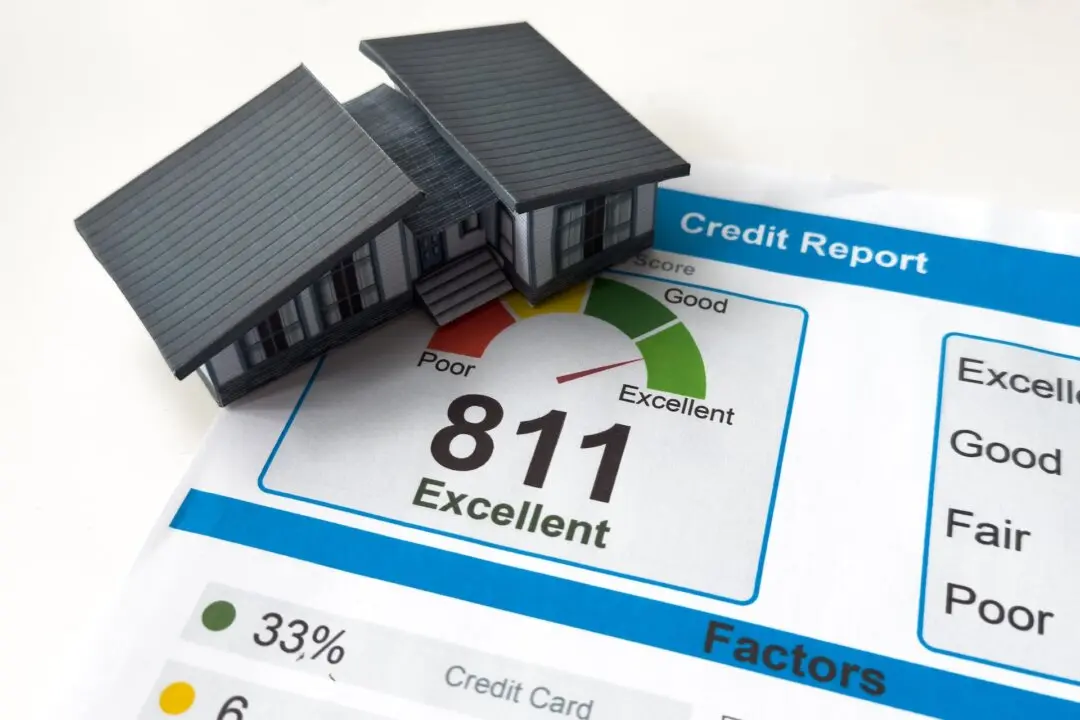Today’s topic is not pretty, but unless you have $8,000 earmarked for dental care, it could prevent a lot of pain -- both dental and financial.
Periodontal disease is an infection that destroys the attachment fibers and supporting bones that hold the teeth in the jawbone and the jawbone itself.





